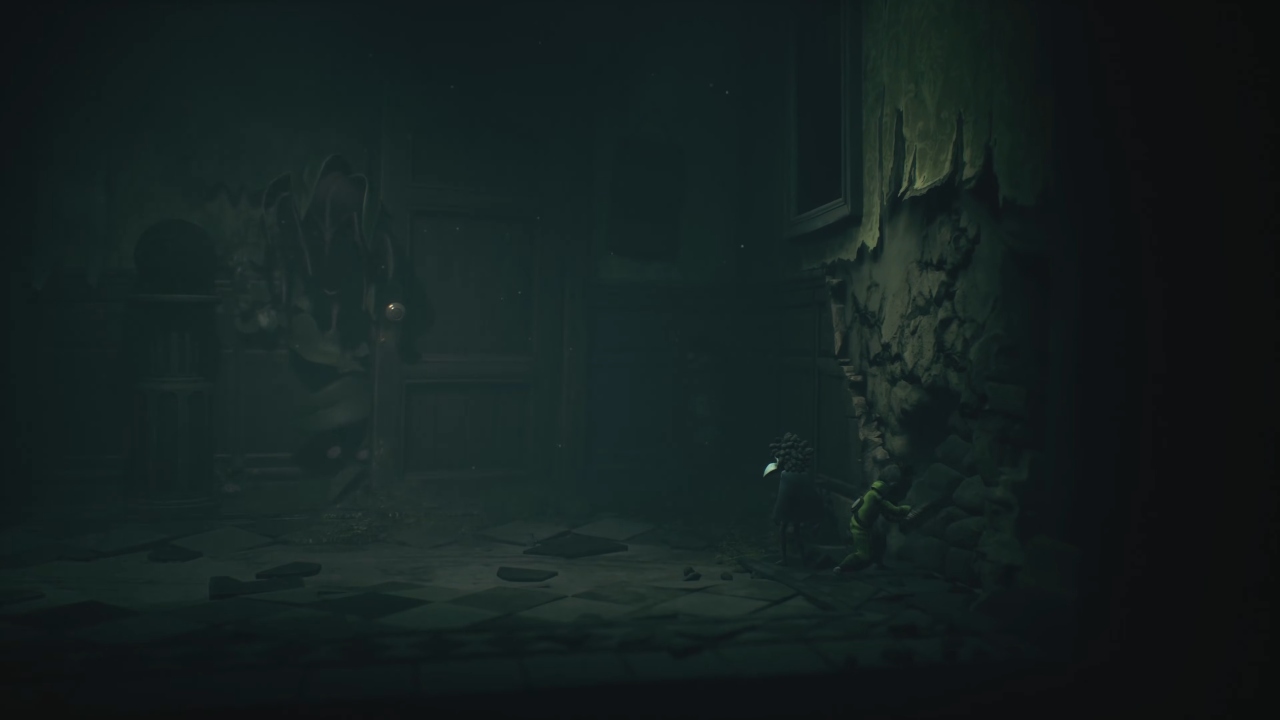Little Nightmares III immerses players in unsettling locations like the Necropolis, Carnivale, and Candy Factory, where teamwork and sharp perception are vital. Whether tackling challenges alone or with a friend, strategic coordination between characters—each with distinct traits—is key to overcoming environmental traps and riddles.
Survival Tactics for Key Locations
The game introduces Low and Alone, protagonists with specialized tools. Low wields a Bow to interact with distant objects, though its impact is limited. Alone relies on a Wrench to dismantle barriers at close range. Solo gameplay necessitates issuing commands to your AI partner, who responds only when prompted.
.jpg)
Weapon Handling Mechanics
Equipping tools (F/B/Circle/A) restricts movement—jumping, sprinting, or grabbing becomes impossible. Prioritize sheathing tools when not actively needed to maintain agility. Reserve weapon use for precise moments to avoid mobility setbacks during exploration.
Solo players should master the summon command (Q/Triangle/Y/X) to prompt partner actions. Companions might automatically assist but often require direct input for specific puzzles, such as targeting hidden switches with Low’s arrows.
Exploring the Environment
Scrutinize surroundings for fragile structures or disguised routes. Test movable fixtures, loose panels, and climbable surfaces. Collaborative actions—like removing planks or adjusting misaligned mechanisms—often reveal progress paths. Experimentation is crucial: if stuck, re-examine the area for overlooked interactive elements.




Puzzle-Solving Strategies
Adopt a methodical approach: manipulate switches, reposition objects, and activate hidden devices. Some obstacles demand combined efforts, such as lifting heavy items requiring both characters. Remember that destructible elements often yield to Alone’s Wrench or precise bow strikes.
Optional Collectibles
While scattered dolls and trinkets offer achievement rewards, they’re non-essential. Focus on clearly interactive objects critical to progression—these typically contrast with decorative items through placement or visual cues.
.jpg)
.jpg)
.jpg)
.jpg)
Stealth-Based Combat
Boss engagements prioritize evasion over confrontation. Study enemy patterns from concealed positions before advancing. In cooperative play, stagger movements to minimize detection risks. AI companions remain stationary until routes are secured, mirroring careful solo progression tactics.
.jpg)
.jpg)
.jpg)
.jpg)

